Structured Cabling in ontario
Introduction
We are a professional telecom contractor in Ontario that specializes in network planning, installation and management. Our services can help you streamline your existing network or design a new one as part of your business expansion strategy.
Network Analysis
Network analysis is a process of planning and designing the network infrastructure. It is done before the installation of the network, to determine its requirements, design and architecture.
Network analysis can be done in several ways:
- Physical topology: This includes a physical layout of devices (routers and switches) in an office or building; it also includes how they connect to each other through cabling and patch panels.
- Topological model: The topological model describes how devices are connected together physically as well as logically or logically-graphically (elements on a graph). Elements may include hosts, servers, routers/switches etc., which represent various components within your organization’s network environment such as hubs/switches/routers etc., workstations connected via Ethernet cables from one location such as one server room where multiple departments share bandwidth across their walls while still maintaining security with firewalls installed between them all; additionally there could be other types such as wireless access points (APs) which provide connectivity between remote locations using radio waves instead
Structured Cabling Design & Installation
Structured Cabling is the design and installation of copper and fiber optic cable plant within a building or campus. Structured cabling consists of three main components:
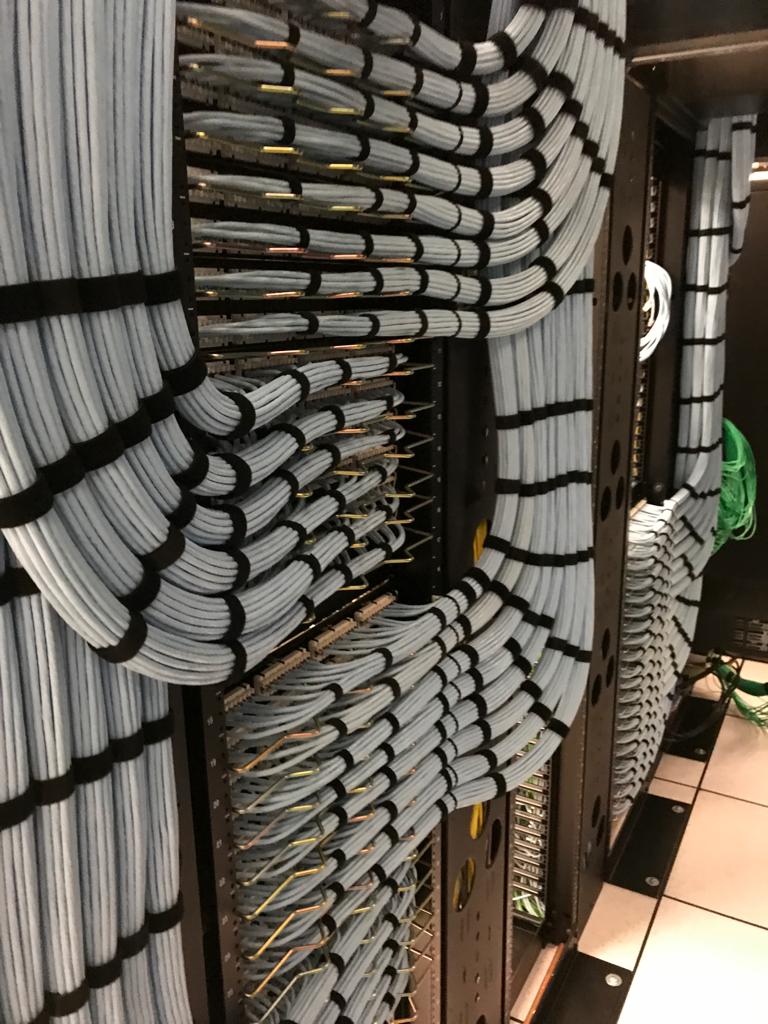
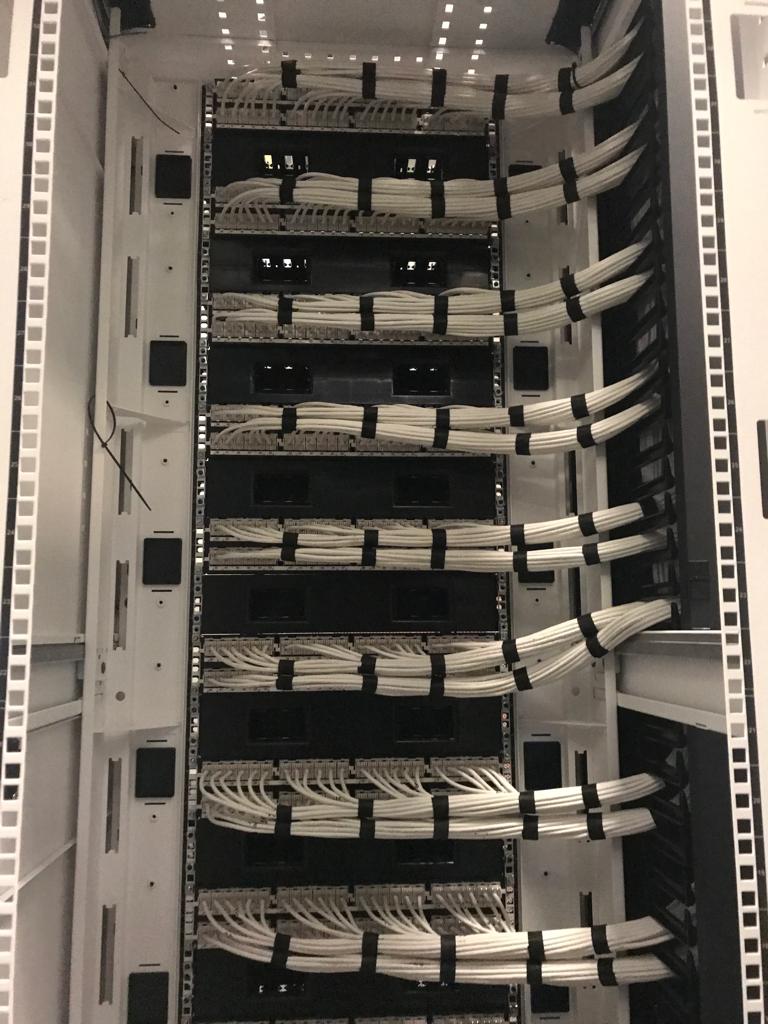
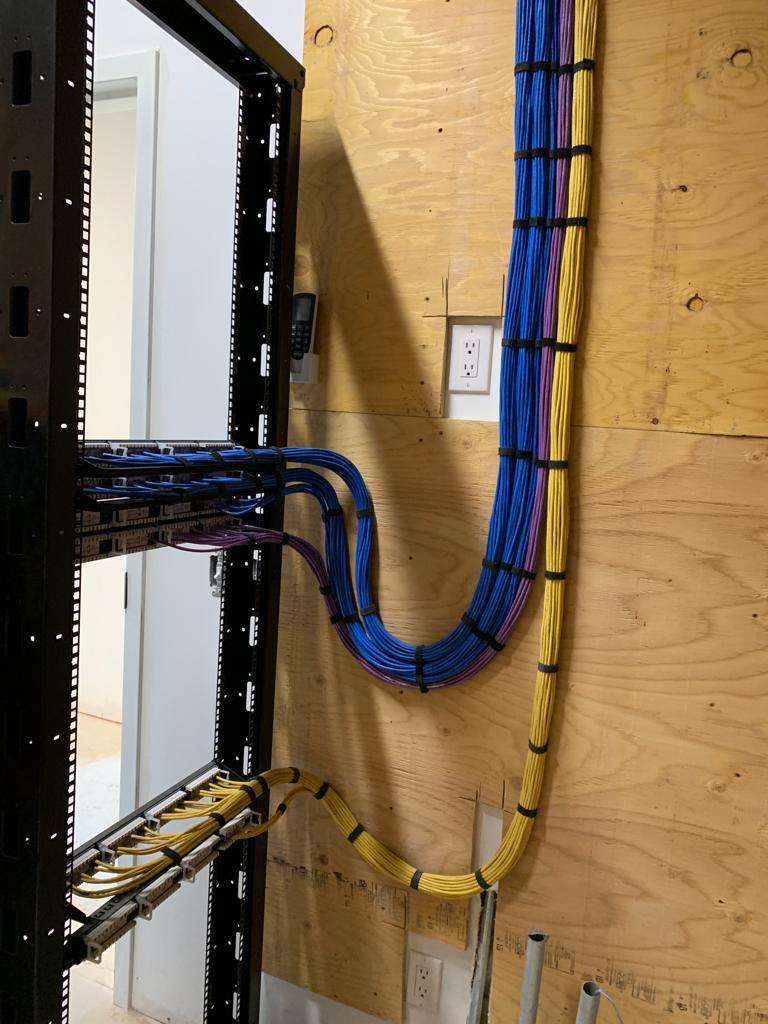
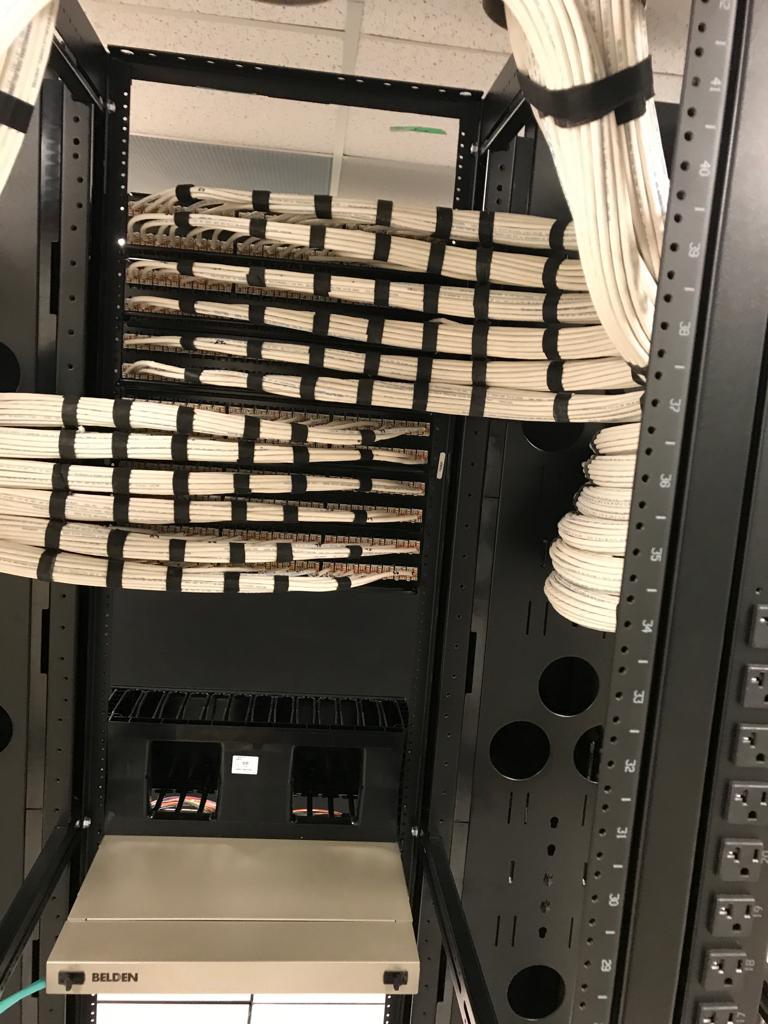

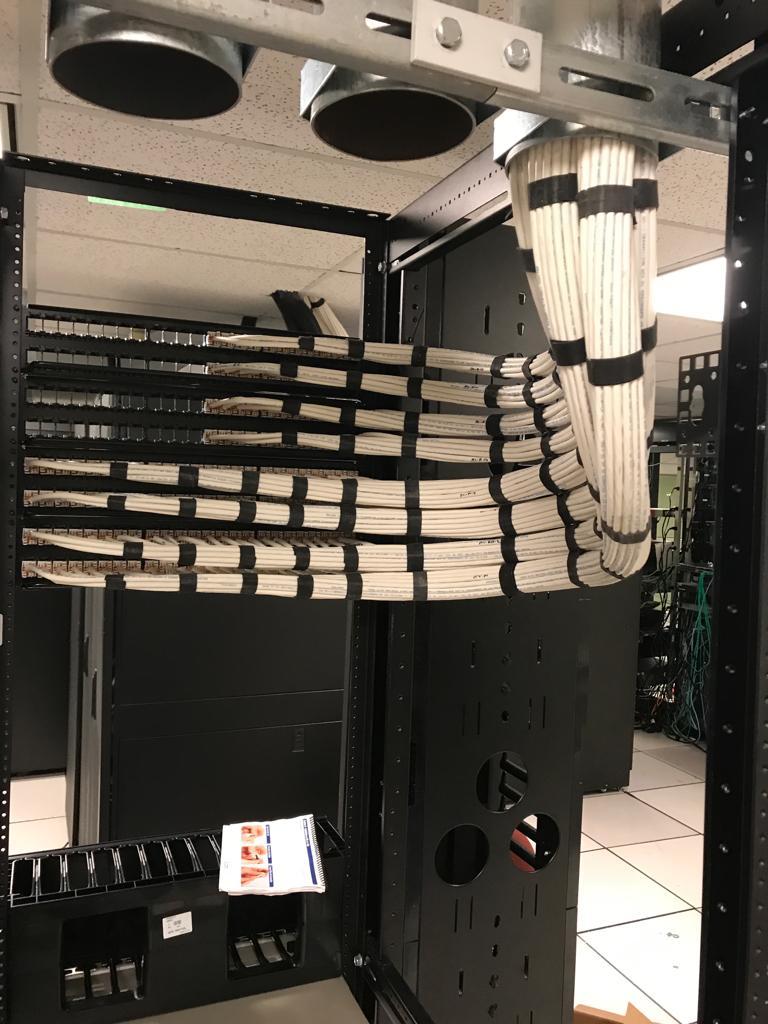

- Cable runs (cable trays)
- Wiring closets or enclosures (wiring closets)
- Distribution frames
RF Planning
RF Planning
RF planning is a process that is used to determine the best wireless network for a building or campus. It involves gathering information about:
- The number of users, devices, and locations within your building.
- The capabilities of each device (e.g., its range).
- The type of data you want to transmit over the network (e.g., voice versus video).
Fiber Optic Installations
Fiber optic cabling is a type of cable that uses light to transmit data. It can be used in many different applications, including:
- Internet connectivity
- Video surveillance systems and home security systems
- Data storage and backup (such as in a server room)
Fiber optic installation involves the following steps:
Fire Alarm Systems
Fire alarm systems are a great way to keep your home and business safe. They can be installed in new or existing buildings, but the installation of a fire alarm system is typically more involved than the installation of other types of cabling.
Fire alarm systems may be required by law, depending on where you live and what kind of business you operate. If your municipality requires it for certain types of businesses (like restaurants), then there will be additional licensing requirements as well—and if so, these rules will likely apply even if you aren’t required by law yet! The first step toward getting approval from local authorities is always going through an inspection with them beforehand so they know exactly what needs doing before they grant approval later down the line; this helps prevent any unnecessary delays later when trying install something like a new sprinkler system or hot water heater among other things…
Access Control Systems
Access control systems are used to manage access to a particular area. They can be used to control access to buildings, rooms or facilities.
Access control systems may also be used in conjunction with CCTV cameras or other tracking devices.
CCTV Surveillance System Design
A CCTV surveillance system is a security measure that uses video cameras to monitor an area. The camera equipment can also record footage, which may be stored on a hard drive or memory card. The footage from multiple cameras is then viewed in real time by the operator of the system, who can conduct visual searches for suspicious activity in their vicinity.
CCTV systems are most commonly used for commercial purposes (such as stores and warehouses) and government buildings such as schools and hospitals where there may be large numbers of people passing through each day. They are also used for residential purposes such as homes with children playing outside their homes at all hours of day; this allows parents peace-of-mind knowing they have someone watching over them while they’re away from home!
Wiring Diagramming
Wiring diagramming is a key component of structured cabling design and installation. It involves the creation of a wiring diagram that shows all the connections between different parts of your network, as well as the location and orientation of each component.
Network Analysis – When you’re planning out your network, it’s important to understand how everything will be connected so that you can identify potential issues before they happen. If there are any problems with your wiring system (such as security cameras or fire alarms), then these issues could cause serious damage if left unaddressed after installation has been completed!
Telecom Contractor installation Networks, CCTV Security Systems and Much More.
Our qualified team of Telecom Contractor installation Networks, CCTV Security Systems and Much More.
Our electrical contractors are experts in their field. Our service is tailored to fit your specific needs. We also provide an after-sales service that includes:
- Network Analysis
- Structured Cabling Design & Installation
- RF Planning
- Fiber Optic Installations
- Fire Alarm Systems – Access Control Systems – CCTV Surveillance System Design (CCTV)
Conclusion
Structured Cabling is a method of organizing, categorizing and storing data. Structured Cabling can be used in many different ways, from infrastructure to communications systems. In this article I will discuss how structured cabling can be used as an effective solution for your business needs.